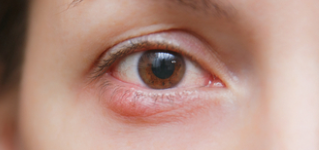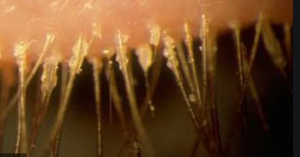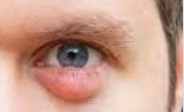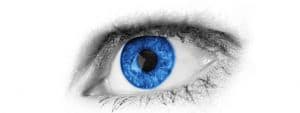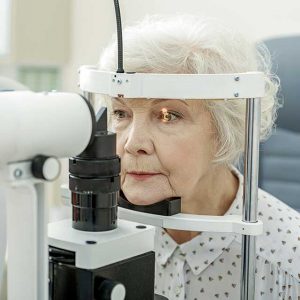A stye is a bacterial infection inside your eyelid.
Styes can be contagious as it’s possible to transmit bacteria from one person to another just by touching a stye and then transferring the bacteria to the eye of the next person.
What is a stye?
A stye is a small painful red bump that usually forms on the inside or outside edge of the eyelid. It may look like a pimple and is often filled with a white or yellow sticky discharge, also known as ‘pus’.
In some cases, a stye will start to disappear on its own after a couple of days, but if it remains for more than 1-2 days, see your eye doctor.
What causes a stye?
A stye is caused by an infection in the eyelid’s oil glands, these tiny glands help maintain moisture in the eyes and eliminate foreign particles by producing oil for the tears.
Bacteria, dead skin cells or old oil can clog the glands, causing a buildup of germs and developing in an infection, resulting in a stye.
Signs and symptoms of a stye
The most common signs and symptoms of a stye include:
- Red lump on the eyelid margin
- Swollen eyelid
- Light sensitivity
- Gritty feeling in the eye
- Eye tearing or leakage
- Eye pain or tenderness
- Redness and soreness at the edge of the eyelid
If you have a stye and it hasn’t healed on it’s own after a few days, contact an eye doctor near you who can help treat your stye to relieve your discomfort and prevent infecting those close to you.
SEE RELATED: Lesions of the Eyelids
How to prevent a stye
You may be more prone to getting styes depending on your habits. Here are a few ways to prevent one from forming:
Wash your hands
Wash your hands with soap and warm water or use an alcohol-based hand sanitizer several times each day. Avoid touching or rubbing your eyes.
Apply a warm compress
If you’ve had a stye before, using a warm compress regularly may help prevent one from coming back.
Manage eye conditions
If you have rosacea, blepharitis, or seborrheic dermatitis, follow your doctor’s instructions for caring for your eyes.
Discard old makeup
By throwing away old makeup that could be contaminated with bacteria you reduce your risk of recurrent styes. Also, don’t share your makeup with others.
Make sure your contact lenses are clean.
If you wear contact lenses, wash your hands thoroughly before handling your lenses. If you use disposable contacts, don’t reuse them.
How to treat a stye
There are several ways to lower your risk of developing a stye:
- Wash your hands often
- Clean your eyelids
- Gently massage your eyelid
- Wear glasses instead of contacts
- Apply warm compresses or a warm washcloth
- Use an eyelid cleansing pad
- Use antibiotic creams
- Stop wearing eye makeup, temporarily
While most styes clear up relatively quickly, your eye doctor might prescribe anti-bacterial medication or an ointment to help it heal faster.
LEARN MORE: Guide to Eye Conditions
If your stye remains after a few days or the swelling increases, schedule an appointment with an eye doctor near you to receive treatment and ease your discomfort.

